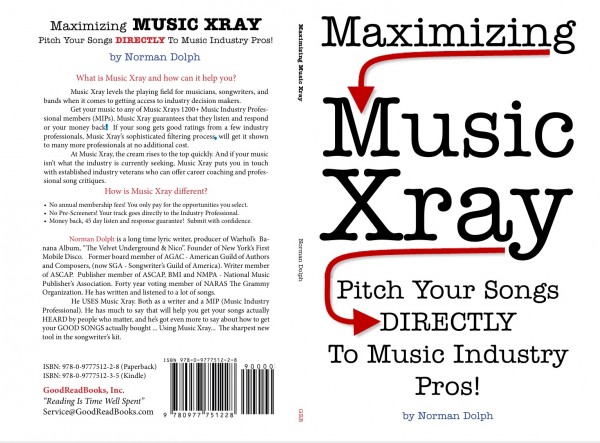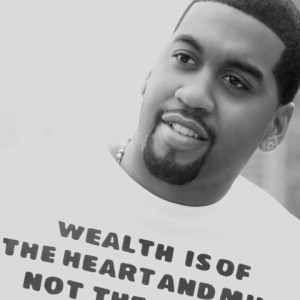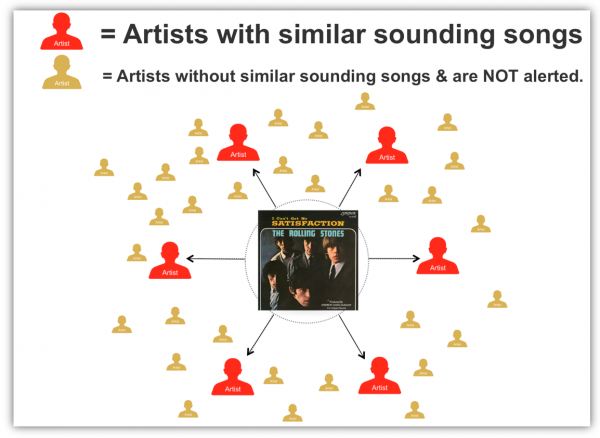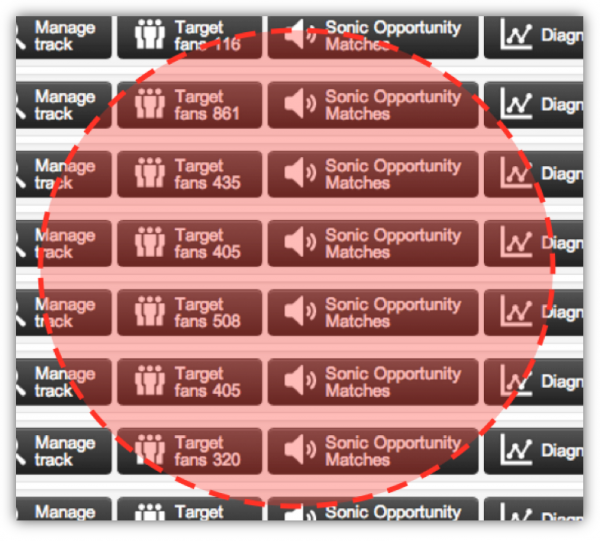We didn’t go into business thinking that charging musicians to make submissions to the industry was the path to a $100m business. It’s not. We also didn’t think it was going to be easy to convince the industry this was the right way to go. It hasn’t been easy. But a platform that is better than anything else at identifying high potential songs and talent at the earliest possible stage creates a lot of value for everyone. And the longer we continue this experiment in business model innovation, the more compelled we are by the evidence that this is working.
It’s working for the industry because there is 11 hours of audio content uploaded to SoundCloud every minute (ref: Mary Meeker’s 2013 report on Internet trends) and the industry has no effective way of consistently finding the needles in the haystack. Music Xray is successfully showing them the needles.
It’s working for the musicians and songwriters who are ready for prime time because they get access to the deals and opportunities faster and for far less money than it would cost them to do it on their own, and they are landing those deals.
It’s working for the musicians and songwriters who aren’t yet ready for prime time because they get fast, inexpensive, & authentic feedback. And even if the news isn’t always welcome, it’s much better than spending months or years trying to reach the professionals who can credibly give them that feedback.
Music Xray would have no interest in pursuing a strategy that weren’t working. Just like musicians, we also seek quick feedback so we can make adjustments. We now have over four years of data upon which to base conclusions. And while there remain industry professionals and artists who aren’t yet convinced, we believe results are showing that this is one of the ways high potential songs and talent will continue to be discovered going forward.
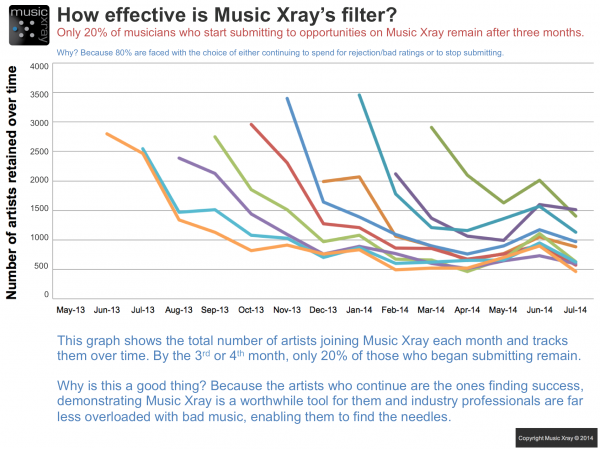
User attrition by design
What? That runs contrary to everything you’ve ever heard about online businesses.
Check out the graph to the left. It’s usually not a good thing for a business to lose 80% of its paying customers within 3 months of acquiring them and you can bet this is an ongoing conversation we have with our investors. It’s also why it took over four years for Music Xray to reach a critical mass where we have enough consistently paying users to keep our lights on. But the 20% we retain has added up and Music Xray is now a site where the bulk of the users are top tier musicians, songwriters, and bands. These are the users for whom Music Xray works.
Over time, this has created a vibrant and robust user base that creates good music and that’s why industry professionals now frequently tell us they hear more consistently good music on Music Xray than anywhere else.
What matters to Music Xray is having a lot of quality users – users that make great music, and quality industry professionals who are on the site to find that music. Our business model brings to bear a survival-of-the-fittest ideal. Many musicians just aren’t at a level that enables them to compete. Those users should be thinned out of the system so that they don’t drown out those who are at a competitive level. We do offer those thinned out users the ability to get help, career coaching, and professional critiques. This keeps them engaged and continues to deliver value to them. However, often the feedback they receive is to continue to develop, continue to write, continue to practice and therefore we lose them as users (at least temporarily) just the same.
Our purpose has never been to figure out how to make money from artists. We’re in business to figure out how to identify high potential songs and talent at the earliest possible stage. The 578 songs and acts that were selected by the industry via direct submissions on Music Xray in July plus the other 100 or so that were contacted by the industry via Needlestack Music Search suggest we’re doing a pretty good job. And by continuing to improve, we’ll eventually get to a point where we’ll be able to de-risk investment in music. That’s where we’re eventually headed.
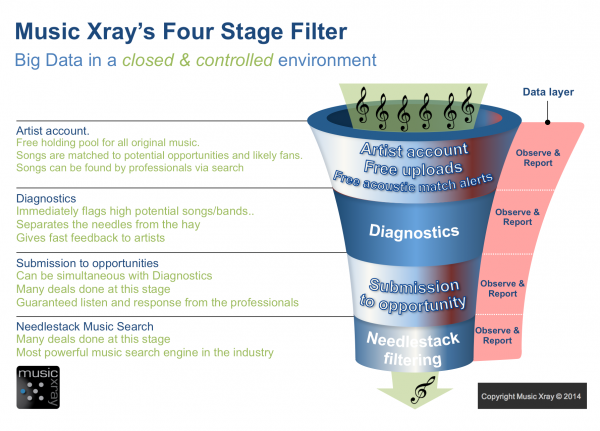
De-risking investment in music
In order to get there, we have more work to do. That’s what the next 18 to 24 months is about for Music Xray. But once we’re there, the company has the ability to become a center of gravity in the industry. By enabling professionals and their companies to source music, artists, and projects on our platform, by being able to determine which projects are lower risk investments, and by co-investing with the professionals and their companies we see Music Xray as an eventual business enabler for the industry on whole. And this is the more interesting conversation we have with our investors.
But Music Xray’s model brings with it additional challenges. Below, we list a few and we discuss how we currently handle them:
How we address challenges inherent in the model

Getting the industry’s attention before the data was compelling enough
For starters, we had to get the engagement of the industry, and there’s nothing more tedious than listening to unknown song after unknown song, much of it of questionable quality. So, we began sharing some of the submission fees with the professionals. This made tending to their Music Xray account more attractive than tending to the pile of CDs on their desks, their jammed-up inbox, and more attractive than trolling YouTube and SoundCloud. But it also got the attention of every hustler and shyster out there who thought they could make a few bucks off submission fees.
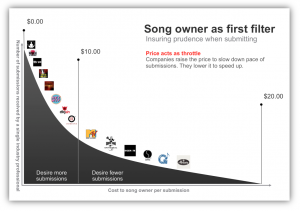 Submission fees were always meant as a throttle, as a way to incentivize musicians to filter themselves before submitting every song in their catalog to every opportunity on the site. Most serious musicians wouldn’t do that anyway, but the problem was the many over-eager musicians who didn’t know any better.
Submission fees were always meant as a throttle, as a way to incentivize musicians to filter themselves before submitting every song in their catalog to every opportunity on the site. Most serious musicians wouldn’t do that anyway, but the problem was the many over-eager musicians who didn’t know any better.
But in addition to acting as a throttle, as discussed above, when faced with the choice of continuing to pay to submit only to be consistently rejected and to receive bad ratings or to stop submitting, most musicians who aren’t ready for prime time stop submitting. This leaves the playing field to the top tier of musicians who are finding success on Music Xray. Success still comes with its share of rejection and it’s important that Music Xray show musicians where they stand and let them know when they should stop submitting and when they should continue to submit despite receiving some rejection along the way. We do that through a feature we call Diagnostics.
In short, submission fees were meant to protect the industry professionals from becoming overwhelmed and to protect the great musicians from being drowned out. Yes, submission fees are what keep the lights on here in the office but they emerged as a necessary part of the platform before we had a clear idea about how and who we were going to charge for the service.

The shyster phenomenon
To address this, we research the professionals who apply for accounts and we’re selective about who we invite in. We have more work to do on this front and we’re finding new ways to get better at this. If the opportunities don’t check out as authentic and the professionals’ resumes aren’t real we don’t approve the account. We additionally built in feedback loops where musicians can rate and provide feedback on the industry professionals with whom they interact via the site. Needless to say, it doesn’t take very long for us to weed out any misbehaving professionals.
Additionally, we observe submission-to-selection ratios. We know that most of the artists who submit are on the higher end of the quality spectrum, when we see accounts that almost never select songs and acts, we inquire. Industry professionals learn very quickly that if they are not on Music Xray to conduct real business they are not welcome.
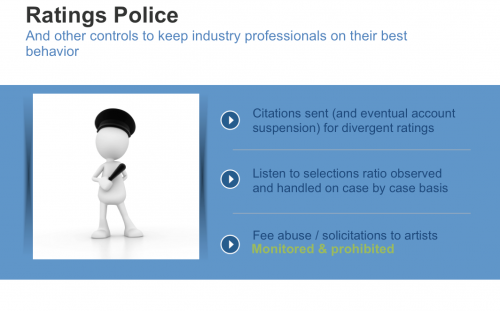
Insuring reliable data
Another issue we found was that some industry professionals were not rating the songs they heard, yet they still were accessing the collective data (Needlestack Music Search). In response, we continued to make rating optional but we blocked access to the data for those who were not rating.
This created another problem. Some professionals began rating insincerely, or too quickly to be authentic, or simply rating every song the same – all in an effort to be expeditious. To address this we introduced an advanced algorithm that acts to police the ratings. It alerts us if a professional’s ratings are consistently inconsistent or consistently divergent from the ratings the same songs receive from other professionals on the site. The site sends out a warning to the industry professional to let him know that we’re observing and taking note of this behavior. If after two warnings the behavior persists, that professional has his ability to rate revoked along with his access to the collective data.
All in all, this overview of how it works is probably more interesting to academics who study business models and human behavior incentives than to actual users of the site. But in keeping with the company culture of transparency, we’ve decided to reveal some of the things we’ve done to make Music Xray work simply because it demonstrates to our users that we are here to build real solutions. As much as we love music and the business of music, we’re geeks at heart. But we’re geeks who have been working in the music business for many years – before it all went digital. But applying technology to professional talent discovery is something we’ve been focusing on for thirteen years.
We get it.
We’d love to hear your feedback in the comments section below.

